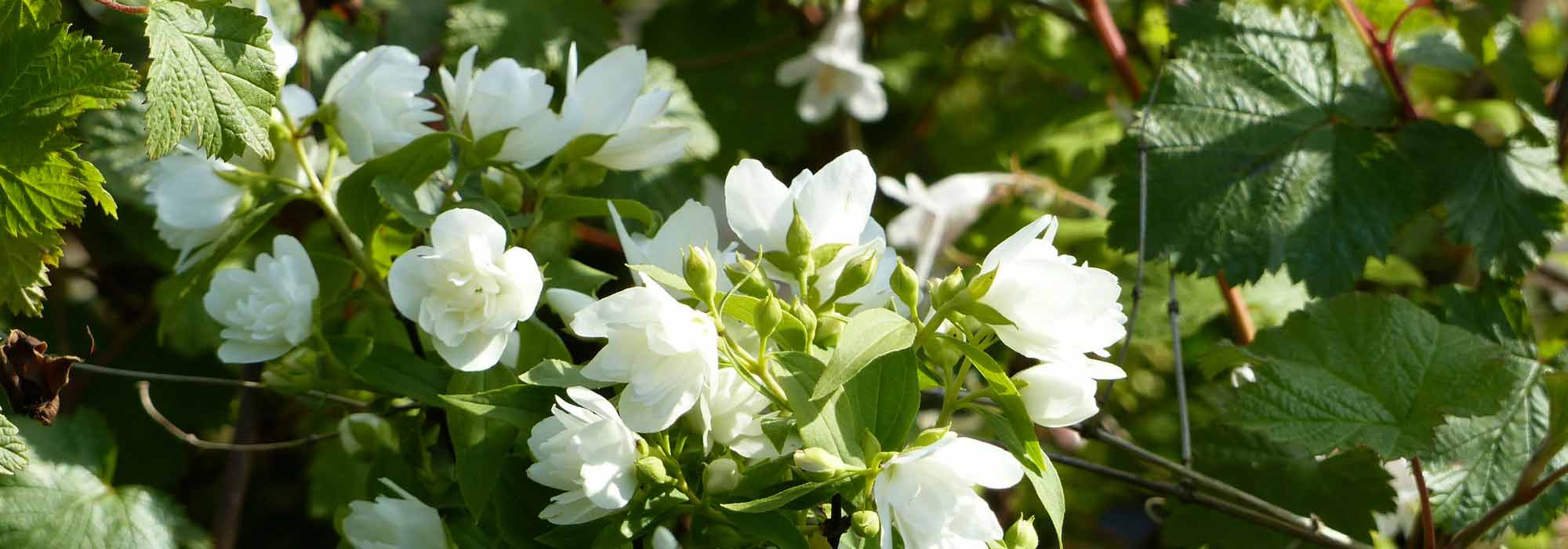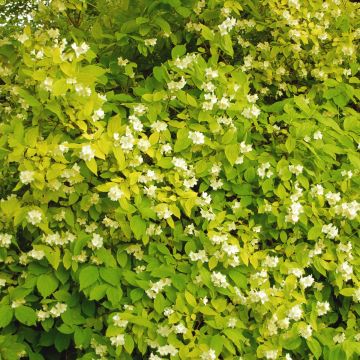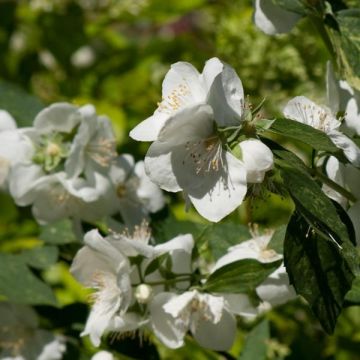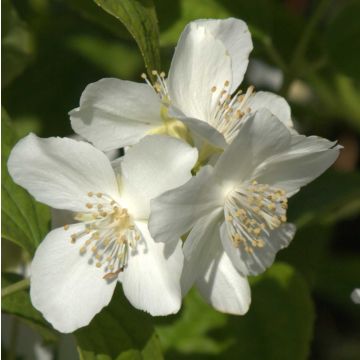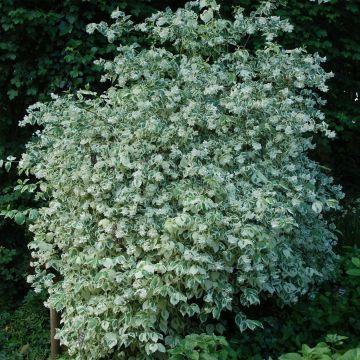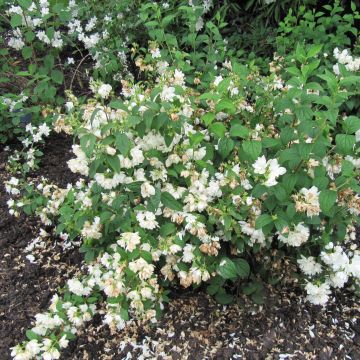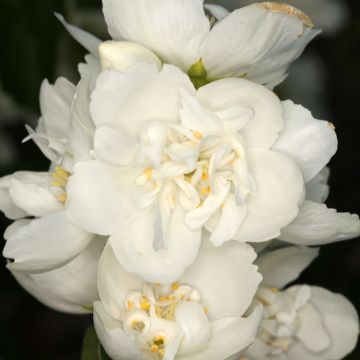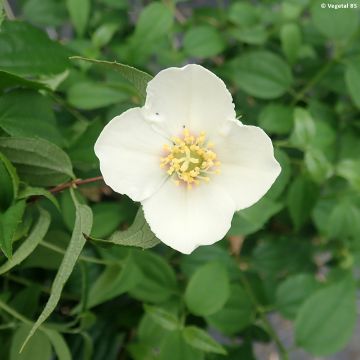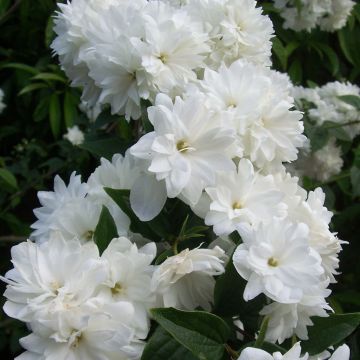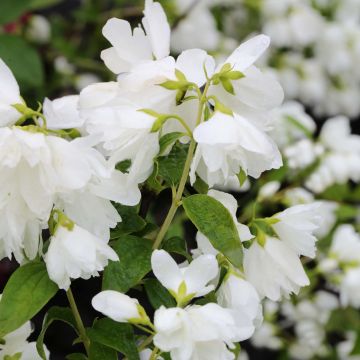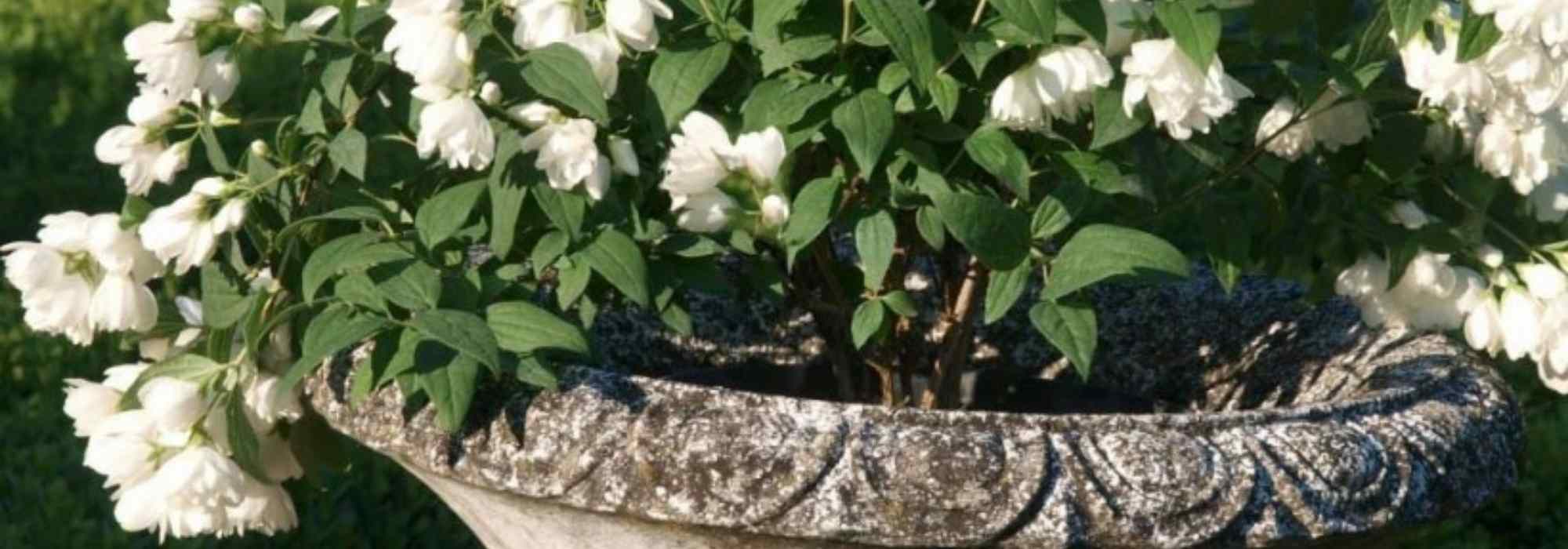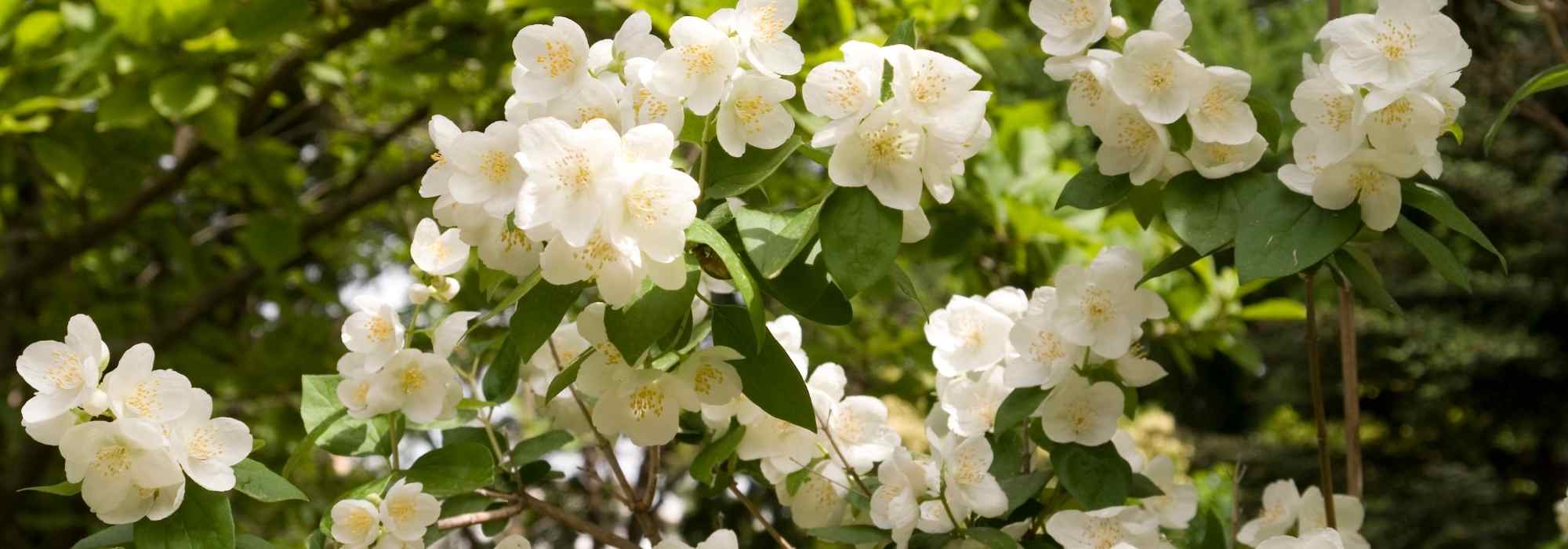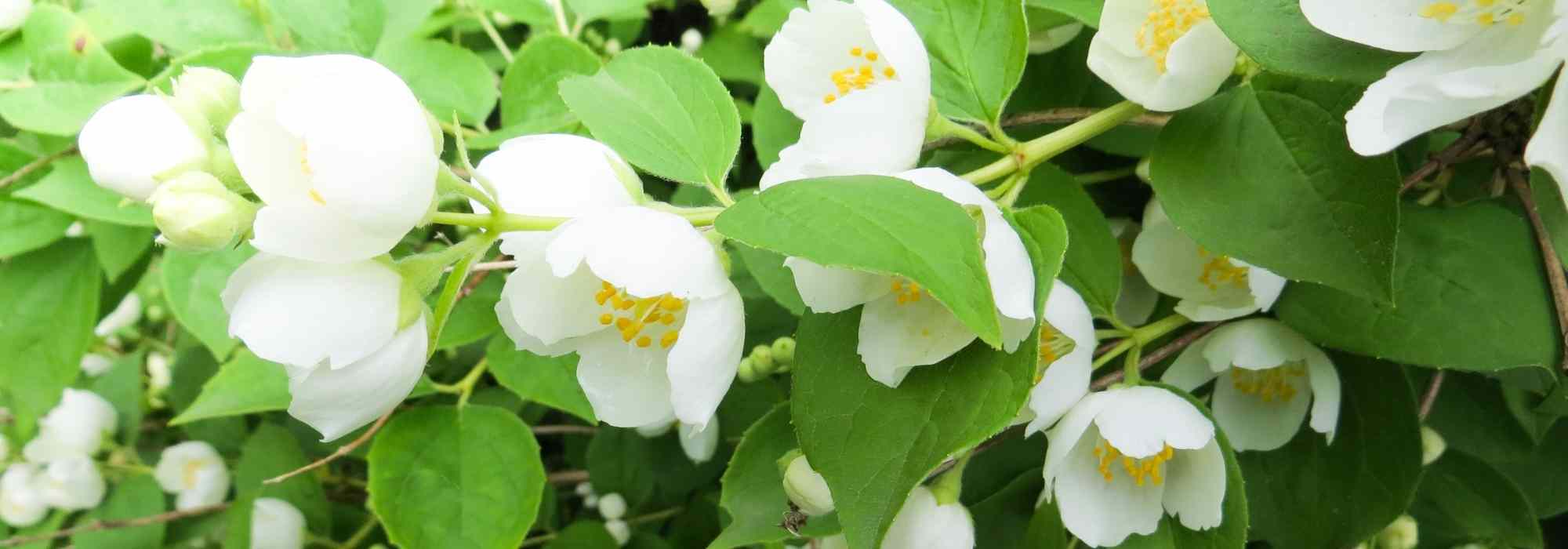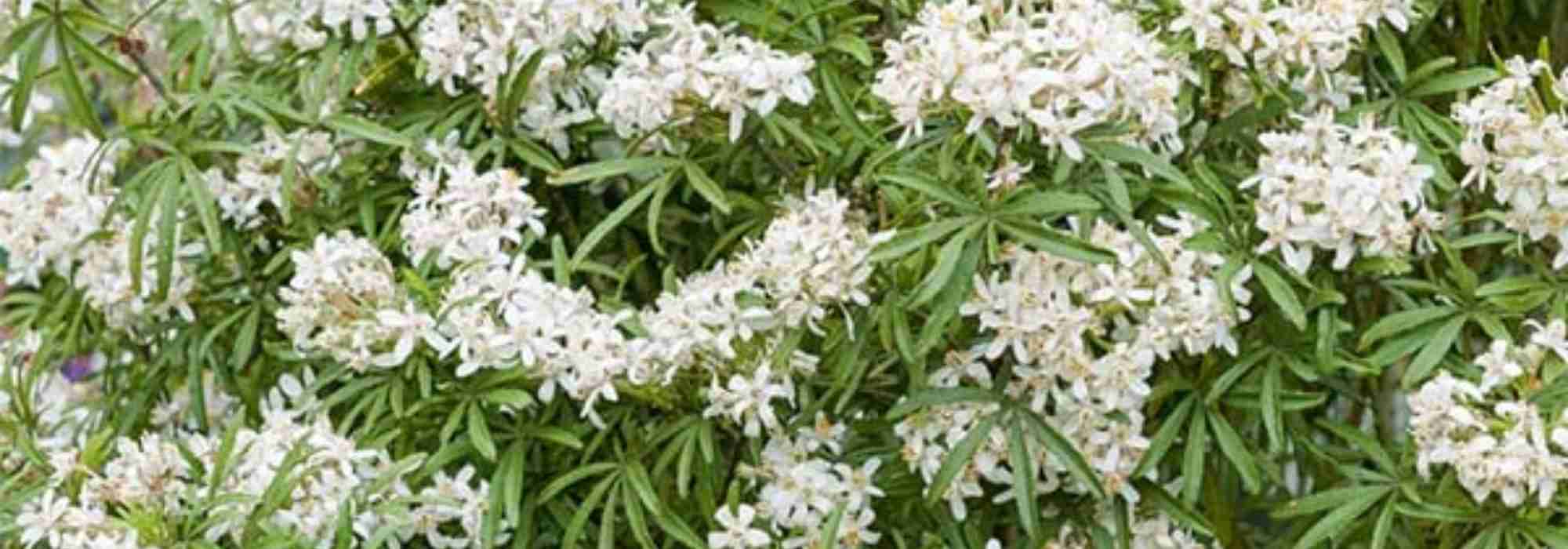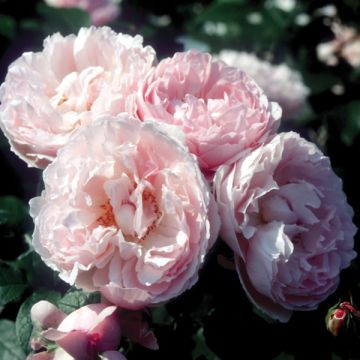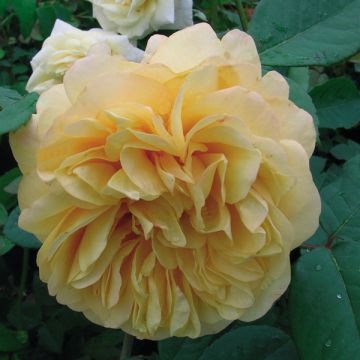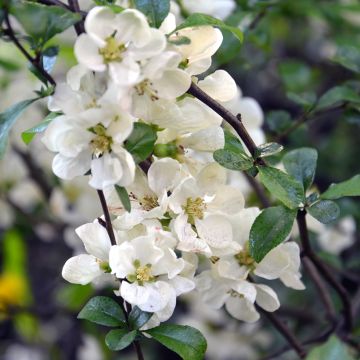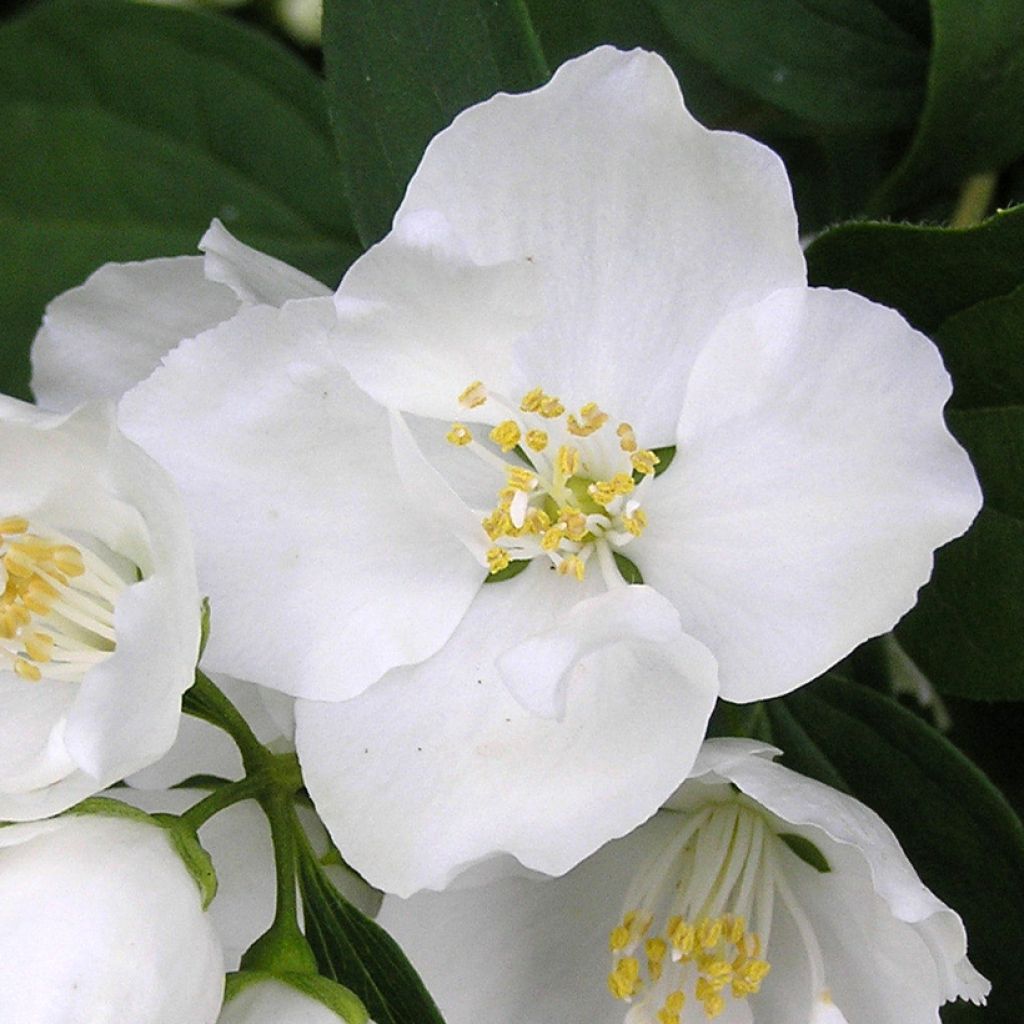

Philadelphus Bouquet Blanc - Mock Orange
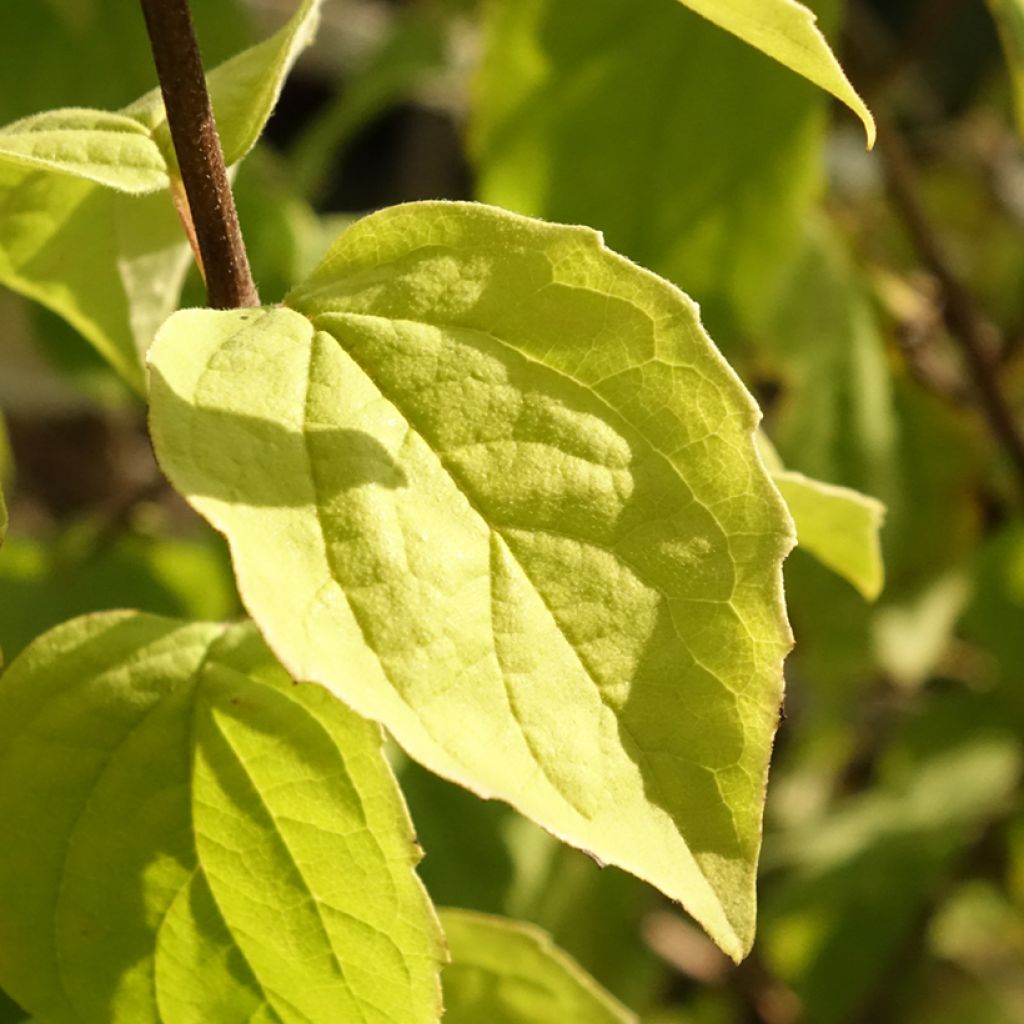

Philadelphus Bouquet Blanc - Mock Orange


Philadelphus Bouquet Blanc - Mock Orange
Philadelphus Bouquet Blanc - Mock Orange
Philadelphus persica Bouquet Blanc
Mock Orange
Special offer!
Receive a €20 voucher for any order over €90 (excluding delivery costs, credit notes, and plastic-free options)!
1- Add your favorite plants to your cart.
2- Once you have reached €90, confirm your order (you can even choose the delivery date!).
3- As soon as your order is shipped, you will receive an email containing your voucher code, valid for 3 months (90 days).
Your voucher is unique and can only be used once, for any order with a minimum value of €20, excluding delivery costs.
Can be combined with other current offers, non-divisible and non-refundable.
Home or relay delivery (depending on size and destination)
Schedule delivery date,
and select date in basket
This plant carries a 24 months recovery warranty
More information
We guarantee the quality of our plants for a full growing cycle, and will replace at our expense any plant that fails to recover under normal climatic and planting conditions.
Would this plant suit my garden?
Set up your Plantfit profile →
Description
Philadelphus 'Bouquet Blanc' is a variety of Philadelphus that boasts an abundant spring flowering. The small semi-double or double flowers are grouped in slightly scented clusters, pure white in colour. Like all Philadelphus, 'White Bouquet' is a robust deciduous shrub, hardy and very easy to grow in ordinary soil, in full sun or partial shade. Plant it in a country-style flower bed or in a small free hedge, along a pathway or under a window.
Philadelphus are all deciduous shrubs native to temperate regions of the northern hemisphere, particularly from the Far East and North America. They belong to the Hydrangeaceae family, along with Hydrangeas and Deutzias. The approximately 60 species that make up this genus were first crossed in France by Lemoine and Jacques, and then in the United States. The original fragrance of the flowers has sometimes been forgotten along the way in favour of more spectacular, double-flowering varieties. Not demanding, Philadelphus can sometimes take a little while to establish themselves. They should be regularly pruned after flowering, removing the oldest stems, in order to maintain a beautiful habit and ensure abundant flowering.
The 'White Bouquet' Philadelphus is a variety with immaculate white flowering. The small 2 or 3 cm (0.8 or 1.2 in) diameter flowers are semi-double or double, with a subtle fragrance. They appear in large quantities in May-June or June-July depending on the region and are the main attraction of this Philadelphus. These flowers are enhanced by the deciduous foliage, which is a fairly dark green. The oval-shaped leaves, about 6 cm (2.4 in) long, have a slightly toothed edge.
This bush forms a dense plant mass, about 2 m (6 ft 7 in) tall and 1.5 m (4 ft 11 in) wide, ideal for creating a country-style hedge. It grows in practically any soil, whether acidic, neutral, or alkaline, as long as it is not too dry or too wet, and is well drained. Hardy down to -15 °C (5 °F), it withstands wind and atmospheric pollution well. It is the perfect plant for beginners, very easy to succeed in the garden.
This Philadelphus 'White Bouquet' has the perfect dimensions and natural habit to blend into a country-style hedge, alongside other naturally shaped shrubs, such as the Amelanchier spicata, with its earlier white flowering and decorative fruits, the Abelia grandiflora with its semi-evergreen foliage, the Symphoricarpos with its decorative pinkish-purple berries, the Kolkwitzia amabilis, or beauty bush, and many others. You can enhance this wild aspect by training a clematis with pink, violet, or red flowers to climb in its branches, creating a beautiful colour combination with the pure white of the Philadelphus.
This Philadelphus will also be at home in a flower bed alongside plants as easy to grow as itself, spreading out the flowering seasons, such as Spiraea billardii with its large spikes of pink flowers, Buddleias with their green or grey foliage and flowers of various colours, and yellow Forsythias for the start of the season.
Philadelphus Bouquet Blanc - Mock Orange in pictures


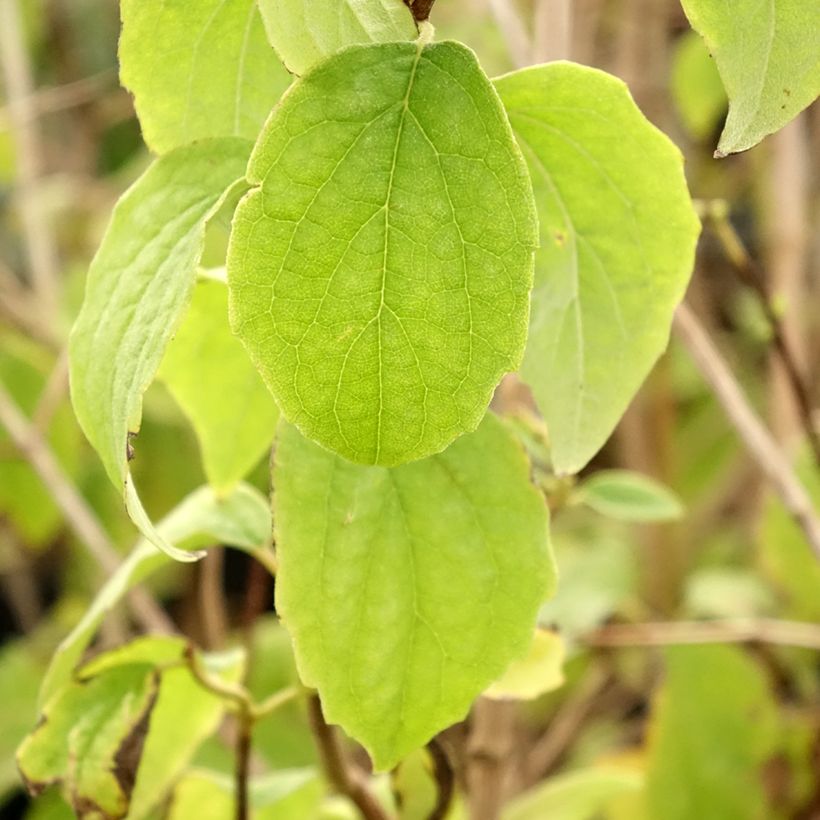

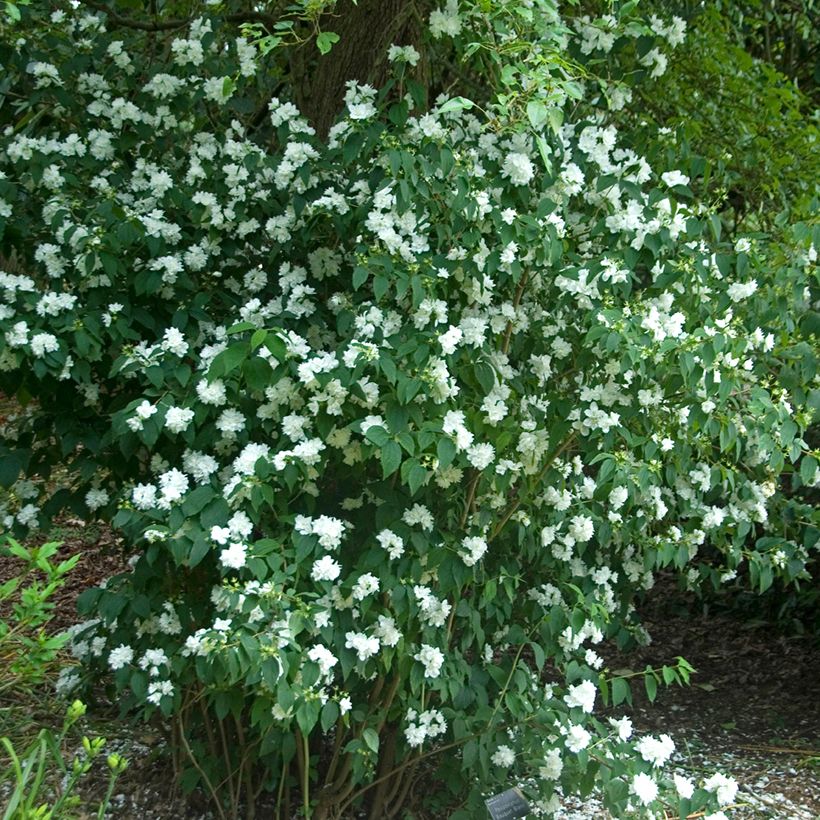

Plant habit
Flowering
Foliage
Botanical data
Philadelphus
persica
Bouquet Blanc
Hydrangeaceae
Mock Orange
Cultivar or hybrid
Other Philadelphus - Mock Orange
View all →Planting and care
Philadelphus Bouquet Blanc, very easy to grow, requiring very little maintenance and very accommodating, is well suited to all gardens and ideal for beginner gardeners. Ordinary, poor, even chalky soil, not too dry to moist, is suitable for it. However, it will prefer a fresh, well-drained and humus-rich soil. Hardy, it can withstand negative temperatures up to -15°C (5 °F).
Planting is done in early spring or autumn, preferably in the sun or partial shade. Excessive hot exposures should be avoided in dry and hot climates. Flowering on the previous year's shoots, the Philadelphus should be pruned after flowering, in July-August, by shortening the flowering branches by a third of their length. A more severe pruning can be done every 2 to 3 years to keep it compact and very floriferous. Simply do not hesitate to cut the old wood and the branches that are too long down to the base of the plant to encourage branching from the base. A resistant bush, it can however be subject to powdery mildew and black aphids which can be eliminated by treating with black soap.
Planting period
Intended location
Care
Planting & care advice
This item has not been reviewed yet - be the first to leave a review about it.
Similar products
Haven't found what you were looking for?
Hardiness is the lowest winter temperature a plant can endure without suffering serious damage or even dying. However, hardiness is affected by location (a sheltered area, such as a patio), protection (winter cover) and soil type (hardiness is improved by well-drained soil).

Photo Sharing Terms & Conditions
In order to encourage gardeners to interact and share their experiences, Promesse de fleurs offers various media enabling content to be uploaded onto its Site - in particular via the ‘Photo sharing’ module.
The User agrees to refrain from:
- Posting any content that is illegal, prejudicial, insulting, racist, inciteful to hatred, revisionist, contrary to public decency, that infringes on privacy or on the privacy rights of third parties, in particular the publicity rights of persons and goods, intellectual property rights, or the right to privacy.
- Submitting content on behalf of a third party;
- Impersonate the identity of a third party and/or publish any personal information about a third party;
In general, the User undertakes to refrain from any unethical behaviour.
All Content (in particular text, comments, files, images, photos, videos, creative works, etc.), which may be subject to property or intellectual property rights, image or other private rights, shall remain the property of the User, subject to the limited rights granted by the terms of the licence granted by Promesse de fleurs as stated below. Users are at liberty to publish or not to publish such Content on the Site, notably via the ‘Photo Sharing’ facility, and accept that this Content shall be made public and freely accessible, notably on the Internet.
Users further acknowledge, undertake to have ,and guarantee that they hold all necessary rights and permissions to publish such material on the Site, in particular with regard to the legislation in force pertaining to any privacy, property, intellectual property, image, or contractual rights, or rights of any other nature. By publishing such Content on the Site, Users acknowledge accepting full liability as publishers of the Content within the meaning of the law, and grant Promesse de fleurs, free of charge, an inclusive, worldwide licence for the said Content for the entire duration of its publication, including all reproduction, representation, up/downloading, displaying, performing, transmission, and storage rights.
Users also grant permission for their name to be linked to the Content and accept that this link may not always be made available.
By engaging in posting material, Users consent to their Content becoming automatically accessible on the Internet, in particular on other sites and/or blogs and/or web pages of the Promesse de fleurs site, including in particular social pages and the Promesse de fleurs catalogue.
Users may secure the removal of entrusted content free of charge by issuing a simple request via our contact form.
The flowering period indicated on our website applies to countries and regions located in USDA zone 8 (France, the United Kingdom, Ireland, the Netherlands, etc.)
It will vary according to where you live:
- In zones 9 to 10 (Italy, Spain, Greece, etc.), flowering will occur about 2 to 4 weeks earlier.
- In zones 6 to 7 (Germany, Poland, Slovenia, and lower mountainous regions), flowering will be delayed by 2 to 3 weeks.
- In zone 5 (Central Europe, Scandinavia), blooming will be delayed by 3 to 5 weeks.
In temperate climates, pruning of spring-flowering shrubs (forsythia, spireas, etc.) should be done just after flowering.
Pruning of summer-flowering shrubs (Indian Lilac, Perovskia, etc.) can be done in winter or spring.
In cold regions as well as with frost-sensitive plants, avoid pruning too early when severe frosts may still occur.
The planting period indicated on our website applies to countries and regions located in USDA zone 8 (France, United Kingdom, Ireland, Netherlands).
It will vary according to where you live:
- In Mediterranean zones (Marseille, Madrid, Milan, etc.), autumn and winter are the best planting periods.
- In continental zones (Strasbourg, Munich, Vienna, etc.), delay planting by 2 to 3 weeks in spring and bring it forward by 2 to 4 weeks in autumn.
- In mountainous regions (the Alps, Pyrenees, Carpathians, etc.), it is best to plant in late spring (May-June) or late summer (August-September).
The harvesting period indicated on our website applies to countries and regions in USDA zone 8 (France, England, Ireland, the Netherlands).
In colder areas (Scandinavia, Poland, Austria...) fruit and vegetable harvests are likely to be delayed by 3-4 weeks.
In warmer areas (Italy, Spain, Greece, etc.), harvesting will probably take place earlier, depending on weather conditions.
The sowing periods indicated on our website apply to countries and regions within USDA Zone 8 (France, UK, Ireland, Netherlands).
In colder areas (Scandinavia, Poland, Austria...), delay any outdoor sowing by 3-4 weeks, or sow under glass.
In warmer climes (Italy, Spain, Greece, etc.), bring outdoor sowing forward by a few weeks.






























